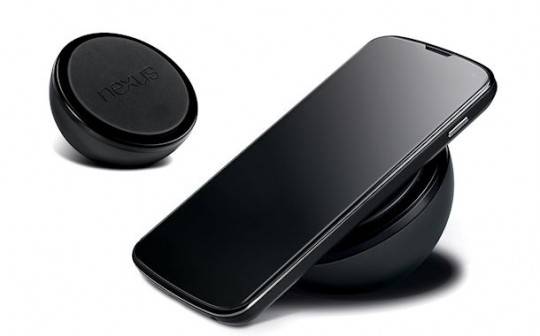
Like contextual awareness in devices, wireless charging is fast becoming standard on many devices. The Nexus 4 had the functionality, as well as some Nokia Lumia devices. The Nexus 5 is rumored to have wireless charging as well, and third party devices like the powermat have had middling success.
Part of the reason for OEMs dragging their feet to the wireless charging starting line has been the advent of two large, competing consortiums. The Power Matters Alliance (PMA), which concentrates on a field of energy to charge devices, is different from the Wireless Power Consortium (WPC) and their Qi charging, which is the new normal for wireless charging. There is room for both, of course, but the race to set a standard is quickly taking shape.
Qualcomm, like others, is straddling the fence when it comes to wireless charging. They currently sit on the board of the WPC, but have also taken a “senior leadership role” with the PMA. This is all in addition to their helping to found the Alliance for Wireless Power (A4WP), which aims to give direction to wireless charging technology.
The A4WP is comprised of some powerhouse players in the world of technology, too. It boasts Samsung and Intel as members, and carriers such as T-Mobile and Verizon. The A4WP believes that wireless charging can become standard not only to wireless devices, but everyday items as well. Coffee tables and counters could have the ability to charge devices if the A4WP has their way, leaving fussy cables and cords a relic of the past. While the PMA currently has such furniture that charges devices, the lack of implementation of their standard hurts it’s success. The A4WP is much more open about compatibility and design.
The aim of the A4WP is a combination of the technology from the WPC and PMA, which is probably why Qualcomm has taken a stronger role with both alliances. By helping to guide two disparate parties in a singular direction, they help to achieve the overall aim of the A4WP. In an interview with EE Times, A Qualcomm representative had this to say about the goals of Qualcomm and the A4WP:
“Qualcomm aims to provide the opportunity to standardize around a single global implementation of resonant wireless power technology by working more closely with other industry innovators.”
The Qi charging of the WPA means a contact point with a charging mat or cradle, and PMA technology relies on a field of energy a device needs to be in. If Qualcomm can successfully merge the two standards, and remain an open standard for OEMs and carriers alike, we’ll end up with a very narrow range charging field, and the A4WP lives on.
SOURCE: Engadget









